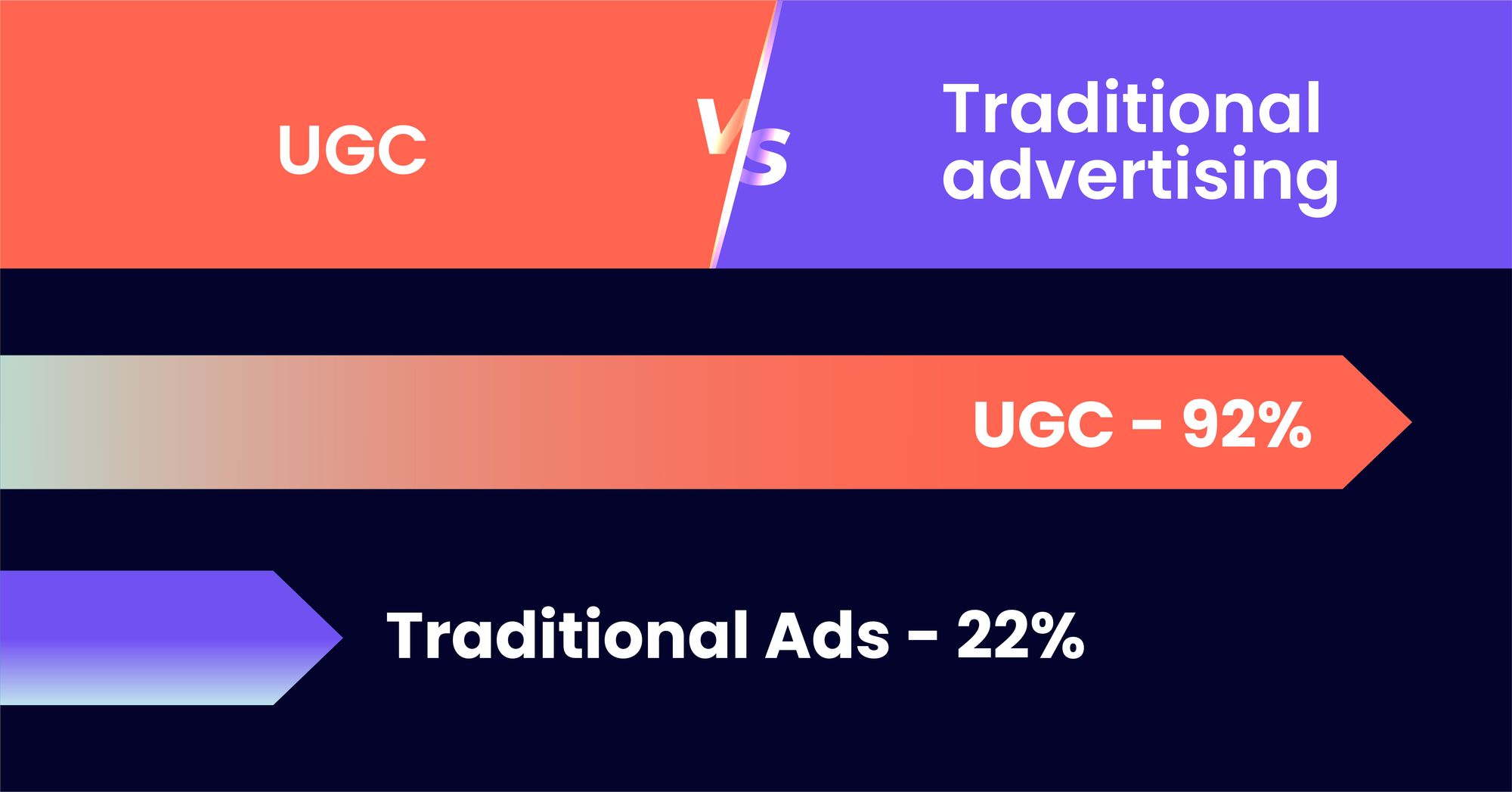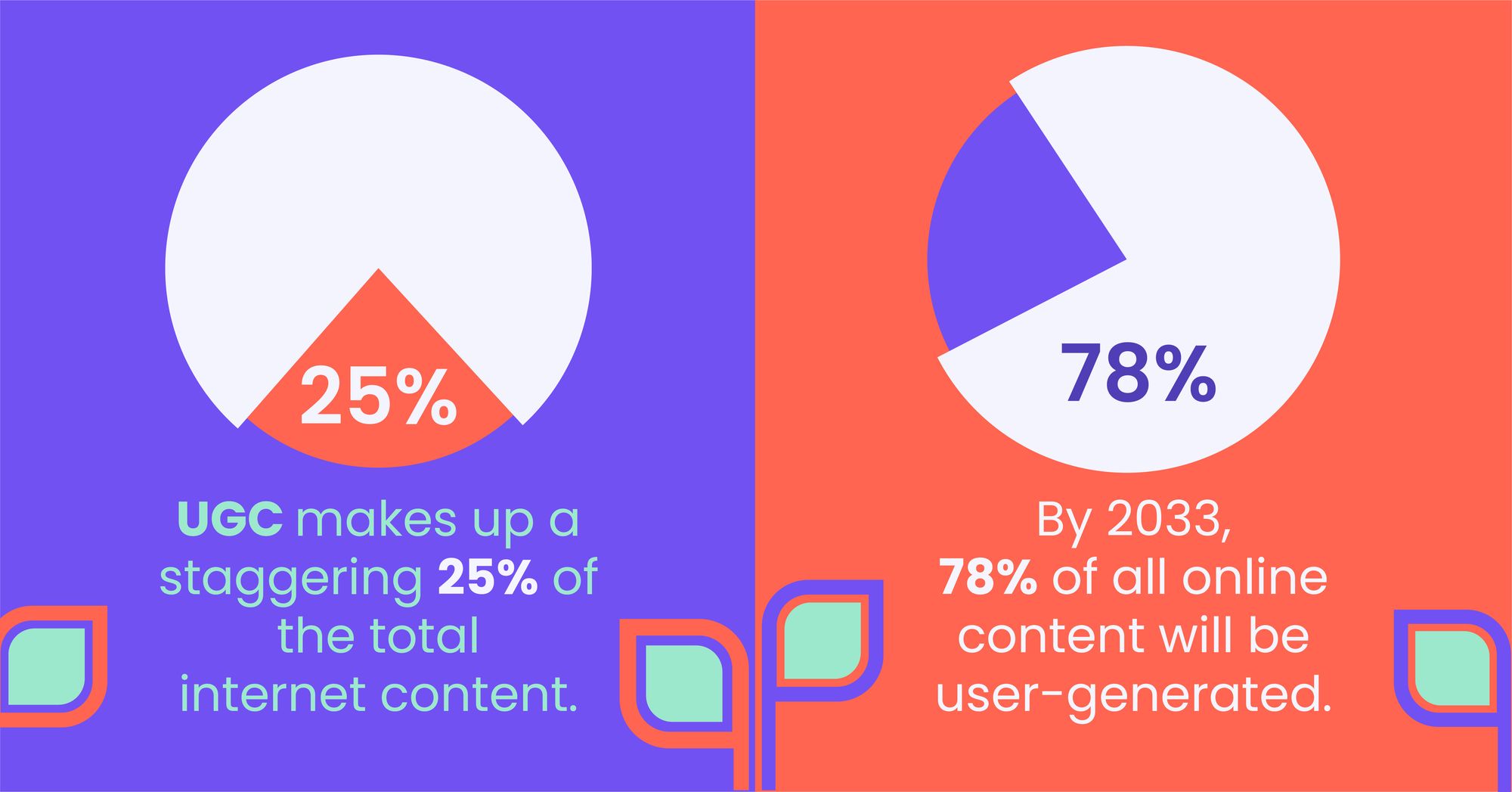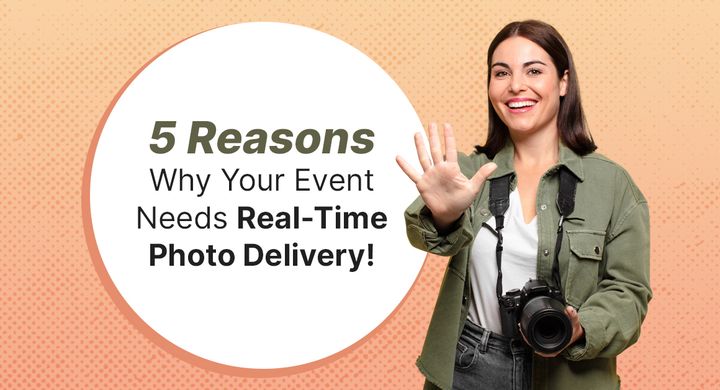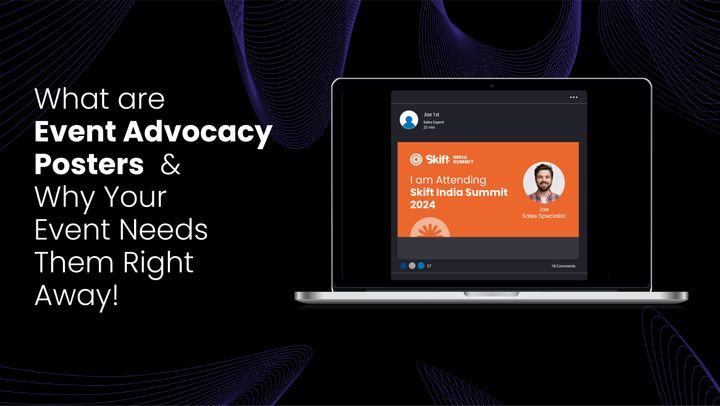Understanding User-Generated Content: A Beginner’s Guide

In today's digital age, consumers are no longer passive recipients of marketing messages. Instead, they have become active participants, shaping brand narratives through their own content creation and sharing. This phenomenon, known as User-Generated Content (UGC), has revolutionised the way businesses connect with their audiences, build trust, and drive engagement.
What is UGC?
User-generated content (UGC) includes any promotional content created and shared by the users of your brand rather than the brand itself. The most common types of UGC include customer reviews, social media posts, photos, videos, and blog posts relating to your brand or service.
For example, a customer posts a picture on Instagram of the cappuccino they ordered from your coffee shop, with a caption about how good it is - that is user-generated content.
With UGC, you get a unique and authentic perspective that tends to resonate with a broader audience. With the rise of social media platforms and the increasing accessibility of smartphones, UGC has witnessed an exponential rise in recent years.
Nielsen's research indicates that 92% of consumers trust UGC more than traditional ads. With people spending an average of 18 hours a day on social media across two to three devices, there are endless opportunities to tap into this engaged market.
Why is UGC so important?

UGC holds immense value for businesses as it fosters trust, authenticity, and customer insights. In an era where consumers are bombarded with traditional advertising, UGC stands out as a more credible and relatable form of content. A staggering 92% of consumers trust UGC more than traditional advertising, according to a study by Adweek. UGC not only provides valuable customer feedback but also promotes brand advocacy and engagement, as satisfied customers become brand ambassadors, sharing their positive experiences with their networks.
When Did UGC Become Popular?

The Evolving Landscape of Consumer Trust
In today's digital age, the dynamics of consumer trust and decision-making have undergone a profound transformation, driven by the ubiquity of UGC. Historically, consumers relied heavily on brand-generated marketing materials and advertisements as their primary sources of product information. However, the rise of UGC has reshaped this paradigm, with consumers increasingly turning to the authentic experiences and opinions of their peers for guidance.
The widespread adoption of social media platforms has been a catalyst for this shift, empowering individuals to share their thoughts, experiences, and creations with a global audience. As a result, two distinct phenomena have emerged:
Amplification through social sharing: Platforms like Instagram, TikTok, and YouTube have become powerful megaphones for UGC, allowing users to broadcast their content and influence consumer decisions on an unprecedented scale.
The rise of brand communities: Social media has brought on the rise of vibrant communities centred around brands, where consumers engage in discussions, exchange insights, and collectively shape the brand's identity and reputation.
This democratization of content creation and dissemination has fundamentally altered the way consumers perceive and interact with brands. Rather than being passive recipients of corporate messaging, consumers now wield significant influence as active contributors to brand narratives and decision-making processes.
Where Does UGC Appear?
UGC can be found across a wide range of online platforms and channels:
Social media platforms: Facebook, X, Instagram, Linkedin, etc
Video sharing platforms: TikTok, YouTube, Vimeo
Review sites: Google Reviews, Amazon, and other e-commerce platforms.
Brand websites and forums: Dedicated sections for customer reviews, testimonials, and discussions.
Podcasts: Some podcasts include segments or episodes that feature content submitted by listeners.
Online communities and forums: Websites like Reddit and Quora rely heavily on user-generated content in the form of questions, answers, and discussions.
Types of UGC
UGC comes in way more forms than you might realize.
Something as simple as talking about a product or service with your friends and family can even be considered a form of UGC. When someone shares their positive experience with others, they are essentially generating content through their personal recommendation, which can influence others' perceptions and behaviours.
When it comes to digital media, each form of UGC is an opportunity for a brand to get mentioned, shared, and recommended online—and ultimately build awareness or trust among its target audience.
The main types of user-generated content marketing are as follows:
Social Media Content
With nearly half of the world's population using social media every day, it's clear that what people share online is important.
When it comes to products, brands may talk about them, but it's what regular people post that really convinces others to buy. When people see content on social media that's shared by someone they trust, they're more likely to be influenced by it.
Platforms like Instagram, Facebook, Twitter, and YouTube allow brands to get content from their customers. This kind of content helps brands understand their customers better and get them more involved.
Video Content
Videos on platforms like Instagram and YouTube are the main types of user-generated content (UGC) videos. YouTube has 2 billion unique users monthly, and Instagram has 2.4 billion active users monthly, so it's safe to say that these platforms are one of the best sources to generate UGC.
Reviews or Testimonials
Feedback from customers provides valuable insights about products or services. Sharing these reviews on social media, websites, or in marketing materials can influence others to try the brand.
Text-Based Posts
Although not as visually appealing as photos or videos, text-based posts like tweets or status updates can still engage customers by sharing thoughts or insights. Text-based posts contribute to brand engagement, with upto 5% effectiveness.
Hashtag Campaigns
Brands use hashtag campaigns to connect with their audiences better. It's a great way to show off user-generated content during events and make them more successful.
These campaigns are like word-of-mouth promotions where customers share their thoughts and experiences with brands. The content gets shared globally, helping brands reach more people and achieve success.
Remember the #IceBucketChallenge? What made the #IceBucketChallenge a great example of User-Generated Content (UGC) was that it was entirely driven by users themselves. People from all walks of life participated, including celebrities, politicians, and ordinary individuals. They created and shared videos of themselves taking the challenge, often nominating friends or family members to do the same, thus creating a chain of participation.
Engagement Contests
Contests that encourage people to create and share content like photos or videos can effectively promote the brand. These initiatives not only engage the audience but also foster excitement and creativity around the brand.
So, which type of UGC should aim for?
All of them.
Using a variety of UGC can help you appeal to different segments of your target audience
How Can Businesses Leverage UGC?
Businesses can tap into the power of UGC in several ways:
- Encourage customers to share content through specialised tech, contests, campaigns, and incentives.
- Curate and repurpose UGC across marketing channels, such as social media, websites, and advertising campaigns.
- Use UGC for product development, customer service, and market research to gain valuable insights into customer preferences and pain points.
Campaigns that incorporate UGC drive 7x higher engagement rates compared to traditional marketing campaigns, according to Salesforce.
Best Practices for Using UGC
While leveraging UGC can be highly beneficial, businesses should follow best practices to ensure a successful and compliant approach:
- Obtain proper permissions and rights to use UGC, especially for commercial purposes.
- Moderate and filter UGC to ensure brand safety and align with brand values.
- Respond to and engage with UGC creators to foster a sense of community and appreciation.
- Analyze UGC data to identify trends, sentiments, and insights that can inform business decisions.
Conclusion
User-generated content has emerged as a powerful force in the marketing landscape, enabling businesses to build trust, foster engagement, and gain valuable customer insights. By embracing and leveraging UGC strategically, companies can tap into the authentic voices of their customers, creating a more meaningful and lasting connection with their target audiences.



